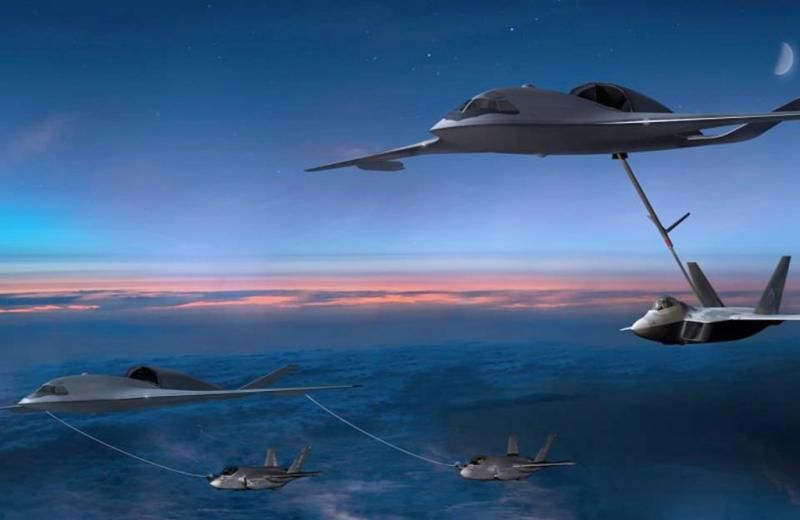China’s growing reach with precision missiles means the Air Force must shift away from traditional tankers and cargo aircraft towards stealthy ones, Secretary Frank Kendall said Jan. 11.
Speaking in a webinar with the Council on Foreign Relations, Kendall said “the traditional route” of turning a commercial aircraft like the DC-10 or 767 into a tanker or cargo plane, or even designing a custom aircraft like the C-17 without a “high premium on survivability” will no longer meet USAF’s needs.
“The threat’s taking that freedom away from us,” he said. Adversaries like China are able to track and shoot U.S. aircraft from increasingly long ranges, so mobility aircraft must be designed with survivability in mind, he said.
Kendall also said the forthcoming 2024 budget submission will build new roadmaps for mobility, as well as for electronic warfare—which he said has been long “neglected” by the service—and new munitions, of which he said there are many concepts being explored. The munitions roadmap “includes the production capacity we need, as well as the right suite of systems for the targets we’re going to have to deal with. And the way we’re going to have to deal with them is important.”
The Air Force is taking an early look at blended wing body aircraft concepts for cargo and transport roles, but “that doesn’t exist in the commercial world yet,” so there’re no civil aircraft the Air Force can adapt to future mobility needs, Kendall noted.
“It may [exist] at some point,” he said, “but it doesn’t yet, so we are doing some early design work on that, possibly moving towards a prototype as a DOD program. But there’s more to come on that; that’s a work in progress.”
Although the Air Force will continue to recapitalize its aging tankers by continuing “core tanker modernization,” Kendall said the service will “have to move beyond that to the next generation. And it’s going to have to survive in an environment the current fleet hasn’t had to work [in].”
In October, the Air Force said it would investigate blended wing body aircraft as part of an effort to develop more efficient and environmentally-friendly aircraft, including tankers. The service’s Climate Action Plan, released Oct. 5, said USAF plans to conduct a full-scale test of a BWB aircraft by 2027, in collaboration with the Defense Innovation Unit. The DIU put out a request for information to industry on BWB concepts in July 2022.
The climate plan said such designs could be “transformative” of the Air Force’s fleet, reducing fuel usage by 30 percent. BWBs—essentially flying wings like the Air Force’s B-2 and B-21 bombers—also offer the advantage of having a slim profile and an inherently smaller radar cross section than traditional cylinder-and-wing aircraft, particularly if designers eliminate vertical control surfaces.
It’s not clear if the Air Force will simply skip the so-called “bridge tanker” program following its KC-46 buy of 179 aircraft, and Kendall did not say USAF would abandon that program. However, he has on multiple occasions warned that the Air Force may not see a business case to opening up the next buy of conventional tankers to competition. Lockheed Martin has partnered with Airbus to offer the LMXT tanker for the bridge tanker, based on the KC-30 Multi-Role Tanker Transport.

